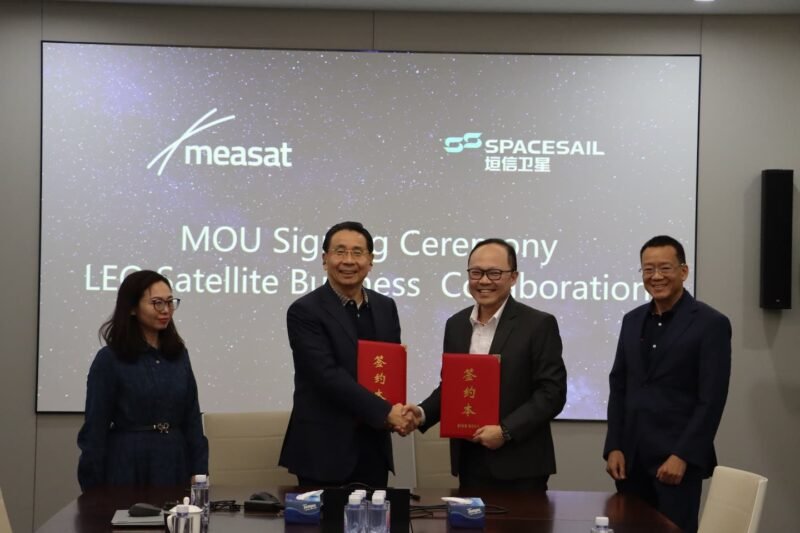Spacesail is growing. Is the West ready?
China’s satcom operators have historically been marginal players on the global stage. The lead actors, APT Satellite, AsiaSat, and China Satcom, have mainly been domestic operators, with regional exposure across the greater Indo-Pacific.
The same goes for China’s satellite manufacturers and launch providers, due in no small part to U.S. regulations. But as China begins to field its own internet megaconstellations of low Earth orbit satellites, this could change. LEO constellations are intrinsically global (or near global, for those that lack polar architectures), making it a requirement to maximize the use of capacity in as many places as possible.
So far, China’s Spacesail constellation has completed six launches, amassing 72 of a planned 15,000 satellites in orbit for a global network of broadband and possibly direct-to-device services. Of note, Spacesail has begun striking up international partnerships – Brazil in November, Kazakhstan in January, and on Feb. 6, Malaysia. All three countries already have a presence from SpaceX’s Starlink, Eutelsat’s OneWeb, and multiple geostationary satellite operators.
Western satellite operators have faced limited competition with Chinese satellite operators in years past, but Spacesail’s progress shows this is likely to change in the next two to five years. This competition could grow more intense if other Chinese constellations like Guowang (13,000 satellites) and Honghu-3 (10,000 satellites) pursue similar global strategies.
Quilty Space views emerging markets as the most likely targets for China’s LEO megaconstellation players. Countries in Latin America, Africa, Central Asia, and the Asia Pacific may welcome these new entrants, especially in countries where the binary narrative of “the U.S. or China” is not endorsed. NATO and Five Eyes countries – which tend to be wealthier, resulting in more lucrative customer deals – are very unlikely to authorize China’s megaconstellations to provide service within their borders. As LEO constellations grow in strategic importance, politics could become a(n even more) powerful decider of which services are available, and where.
SOURCE: https://developingtelecoms.com/telecom-technology/satellite-communications-networks/17957-measat-to-collaborate-with-china-s-spacesail-on-multi-orbit-services.html

